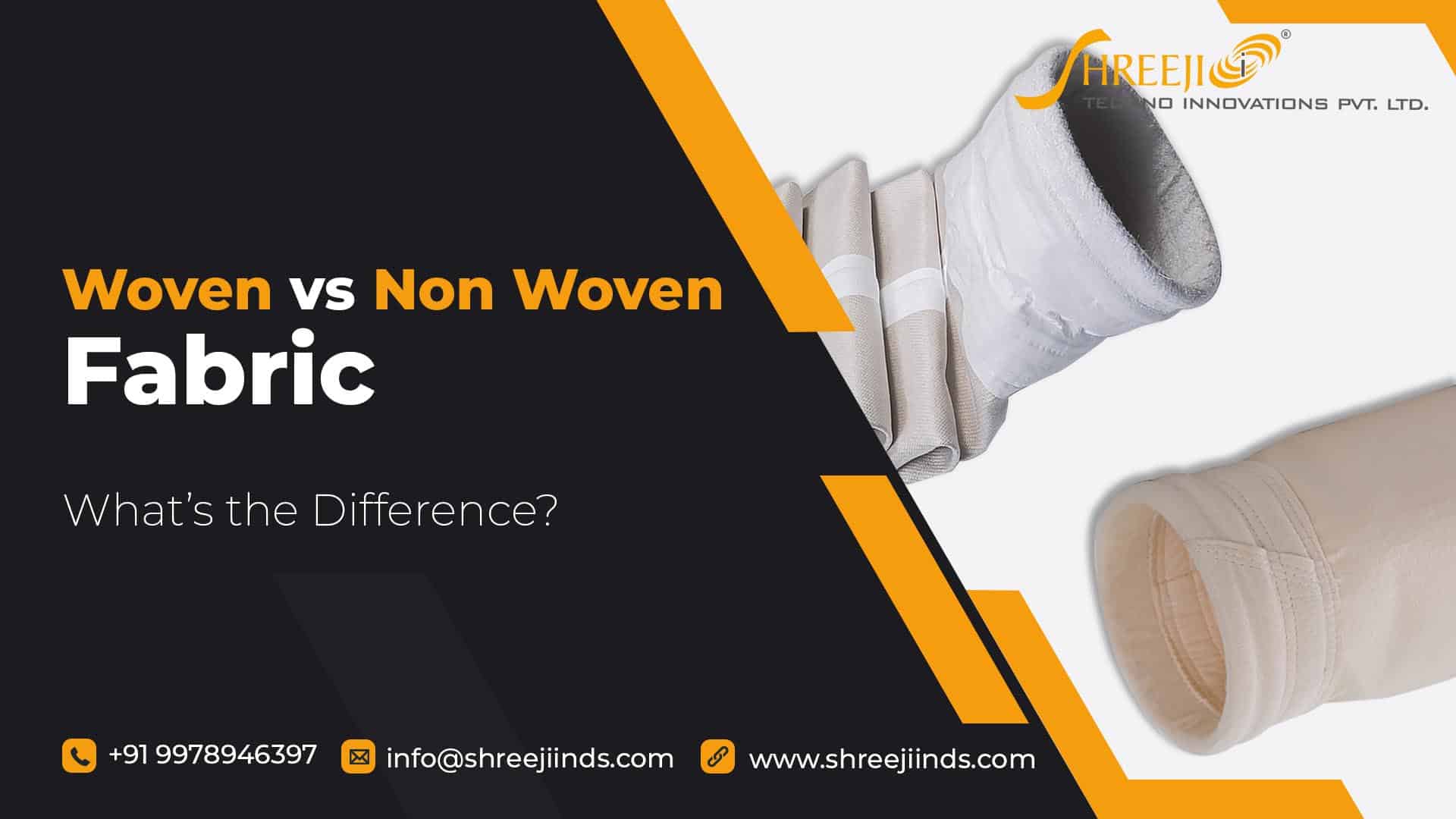
The most versatile and extensively employed filter material in industries is filter cloth.
- This material can be categorized into polyester, cotton, polypropylene, nylon, vinylon, as well as other filter cloth depending upon its nature.
- Depending on the weaving technique, there are two distinct types of filter cloth.
- Woven Filter Cloth: Made of materials like cotton, polyester, nylon, vinylon, and polypropylene. Filter fabric comes in a variety of weave patterns, including plain, twill, satin, double weave, etc.
- Nonwoven Filter Cloth: This includes filter felt, geotextile, and nonwoven fabric. water weaving, spunbond, and needle punching are some of the techniques or weave patterns that are commonly used.
While placing an order, a great deal of potential consumers ask about the distinctions between woven and non woven filter bags. Given how frequently this issue arises, it won’t come as a surprise if you have the same question. Of course, there are other materials besides the various varieties of polypropylene that may be used to make reusable bags, but we recognise the interest in it in particular. By providing the answers to a few crucial questions, we shall investigate how woven polypropylene and non-woven polypropylene bags differ from one another.
What distinguishes Woven from Non-Woven Polypropylene Bags?
The lightest and most manageable non-woven filter fabric is made of the synthetic fiber polypropylene, which also has good acid and alkali resistance and a temperature resistance of 90 °C.
Since the flue gas temperature is below 100°C or the acidity and alkalinity are high, it is used in the fields of gas-solid and liquid-solid separation. I n the field of separating liquids from solids, non-woven filter felts are typically utilized with centrifugal filters, vacuum suction filters, belt filters, plate and frame filter presses, and other liquid-solid separation machinery. It features smooth surface, lots of pore space, and high permeability in addition to strong dimensional stability, strength, and low elongation. Consequently, it also has the distinctive benefits of little vacuum resistance, energy efficiency, as well as ease of cleaning.
It is necessary to filter small particles and guarantee the filtration process in the mineral processing, coal processing, petroleum, chemical, and other sectors. The traditional woven filter media cannot compare to polypropylene needle felt in any way. Woven filter mediais made of synthetic or natural fibers. Cotton, hemp, wool, cocoon silk, asbestos fiber, glass fiber, and some synthetic fibers are frequently used materials.
Polypropylene, polyester, nylon, and vinylon are the four primary types of synthetic fibers. Polypropylene and polyester are the most often used synthetic fibers for solid-liquid separation, whereas nylon is frequently employed in coal washing plants due to its superior abrasion resistance.
Final Word
Both kinds of cloth are available in a range of colours and are suited to various printing techniques. Polypropylene can be laminated with a matte or glossy finish on both woven and non woven materials. Since non-woven polypropylene bags are less expensive than woven polypropylene bags, they can be your best alternative if money is limited. Non-woven polypropylene bags might be a preferable option if your artwork has fine details.





